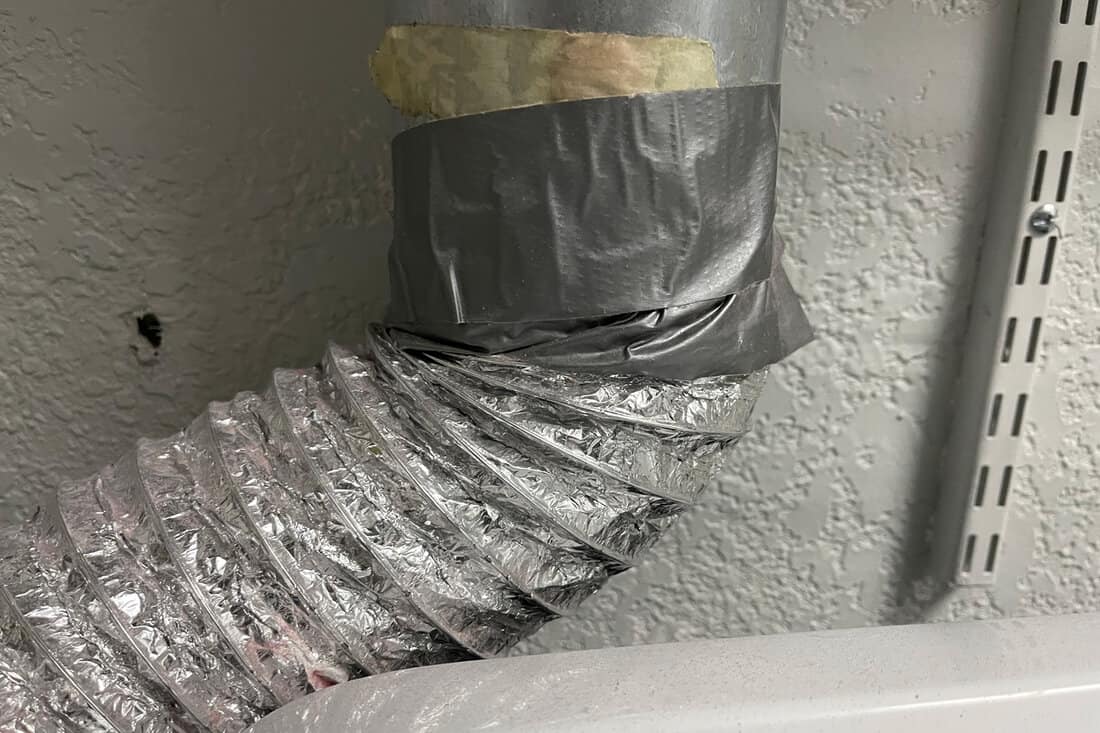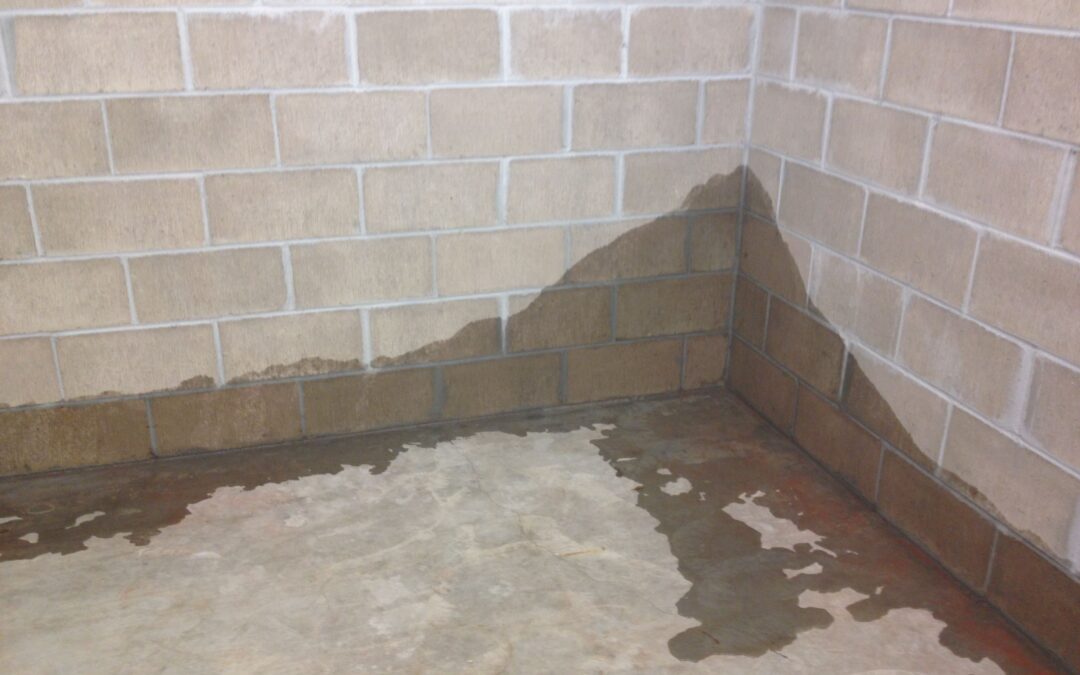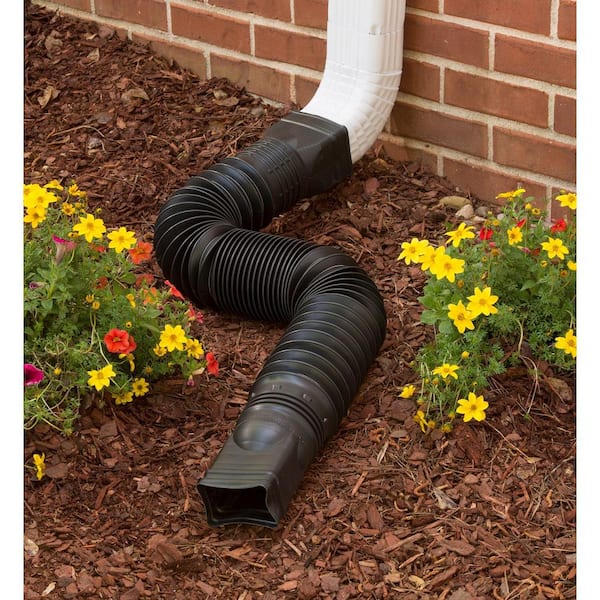If life were a disaster movie, you’d be one second away from a colossal wave bursting through the wall like the Kool-Aid man.
“This can’t be good,” you think to yourself. Thankfully, the consequences are rarely as dire as they are on the big screen. Still, such leakage can be a sign of significant damage and, if unattended, can quickly lead to mold issues.
How does one plug a leak in a basement wall? The mold and moisture experts at Moldgone are here to explain.
Inspect Your Home’s Perimeter for Moisture Issues
Before we attempt any fixes, let’s first examine the potential causes.
Ineffective water displacement around your home’s perimeter is often the root cause of basement wall leakage. To inspect, head outside and inspect your gutter systems. Note whether the gutters are obstructed or acquired any recent holes, as well as how far the water is carried from the foundation.
Your downspouts should deposit water no less than 5 feet from your home’s foundation. If not, we recommend attaching gutter extensions or improving your grading near your home’s foundation.
Attach Gutter Extensions
Gutter extensions are an easy way to adjust your gutter systems’ horizontal reach. Purchase them for your home to help avoid rainwater getting dumped so close to your basement wall.
This isn’t the best long-term solution, especially if you wind up tripping over them or hitting them with lawn equipment (or if you find their look unsightly). It’s pretty easy to dig a shallow trench and lay them in.

Regrading the Soil Surrounding Your Foundation
Another way to read redirect water involves changing the slope of the ground around your foundation around your house, and it should slant 6 inches throughout the first 10 feet. This process of adjusting the slope and soil elevation to direct water flow it’s called grading. This process can be done quickly with a shovel and some other soil or by paying a landscaper.
Plug Any Visible Wall Cracks With Caulk
Modest cracks and gaps in the basement wall and around plumbing pipes can leak water. Plug those openings yourself with hydraulic cement or polyurethane caulk.
After your sealant dries, inspect again (hydraulic cement requires three to five minutes, and polyurethane caulk requires a full 24 hours).
Check for Clogs in Your Basement Footing Drains

If your basement walls leak from the seams in the floor, you may have hydrostatic pressure pushing up your groundwater.
Fixing this requires locating and repairing footing drains—look for a manhole or drain on the basement floor. If you find any clogs, flush with a garden hose. You may need to call the neighborhood plumber if that doesn’t work.
Check for Dryer Vent Leaks (And Plug Them!)

Use Polyurethane caulk or hydraulic cement to fix any cracks in the foundation. Be sure to inspect the area around your plumbing pipes.
Drier vents can be deceptively fragile and fussy. If punctured, extremely humid air can fill your basement and lead to water damage and mold. Wrap any holes or slits with crack- and heat-resistant foil tape. Do NOT use duct tape; it doesn’t handle high temperatures well.
Waterproofing Basement Walls

Waterproofing is one of the most sound and comprehensive ways to guard your home against basement wall leaks.
Getting the job done professionally will cost you between $2,000 and $7,000. If your basement is modest-sized and not terribly damaged, you can DIY this repair.
How?
- Remove all standing water
- Clean and prepare your basement (check for mold and white, powdery salt deposits)
- Remove previous layers of old paint
- Plug holes and wall cracks with hydraulic cement
- Reseal windows, doors, and window wells (with silicone caulk or expanding foam)
- Apply your waterproof coating (once your basement is dry, paint the walls with a waterproof sealer, and wait two to three hours before applying a second coat)
Mold Prevention = Vigilent Moisture Control
Whether a burst pipe, poor grading, or foundational cracks cause your leakage issue, preventing the next potential mold outbreak is all about moisture control. By remaining vigilant around high-moisture areas of your home, you stand a greater chance of fending off mold indefinitely.
Why MoldGone?
At MoldGone, we offer FREE mold inspection. Our mold removal and mold remediation services are available at reasonable prices. Call us today at 240-970-6533 or Click here to schedule your appointment.





Recent Comments